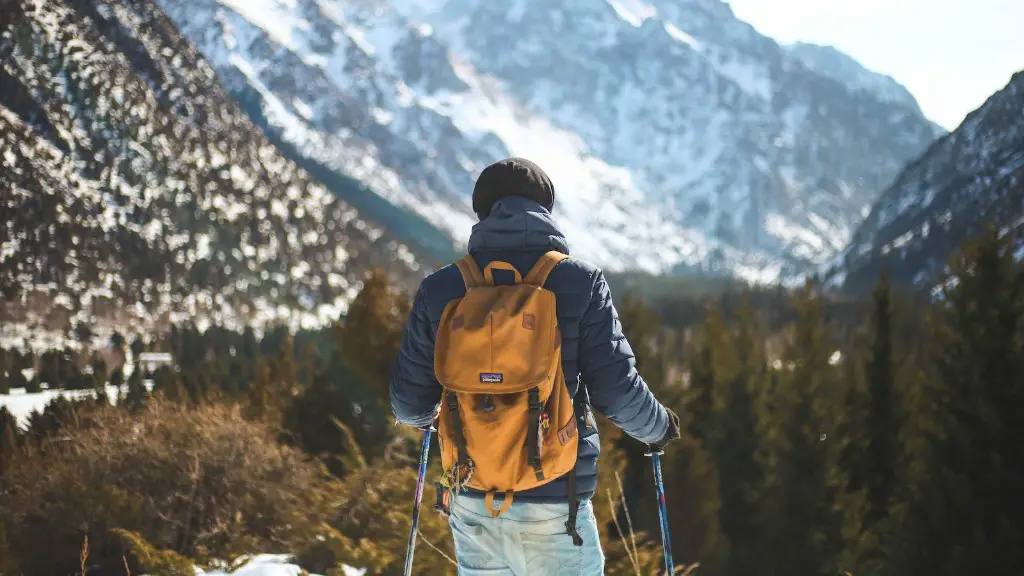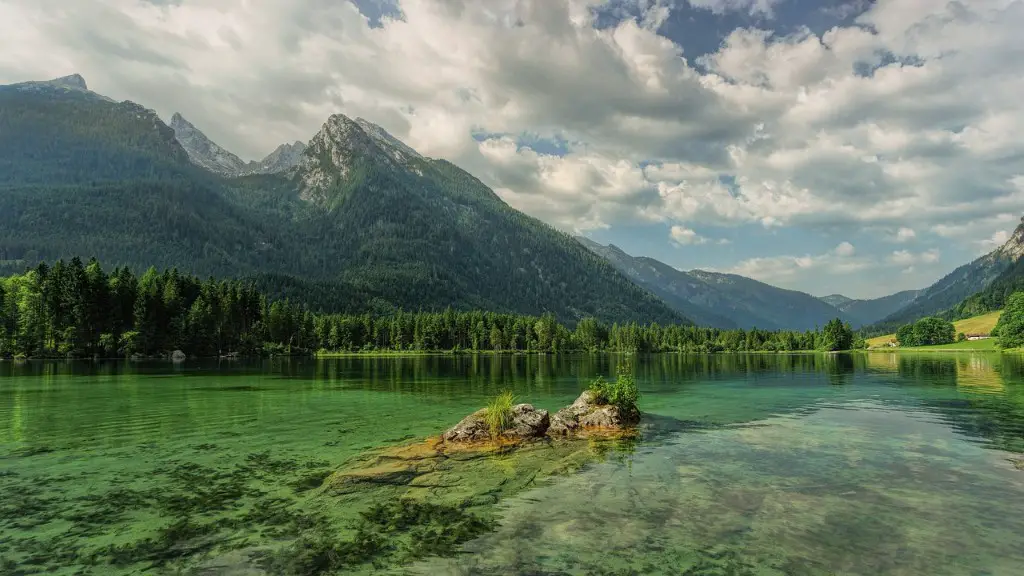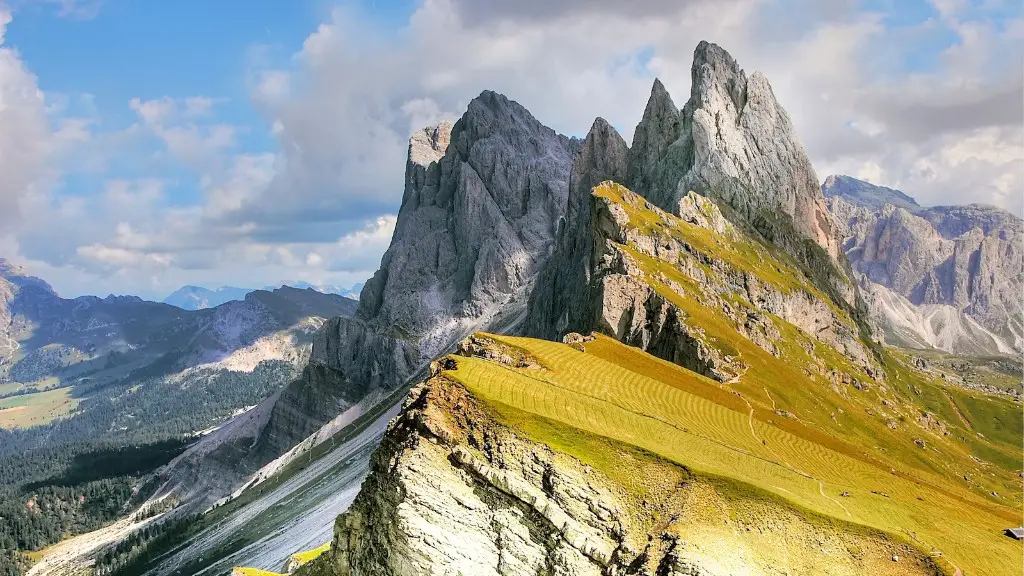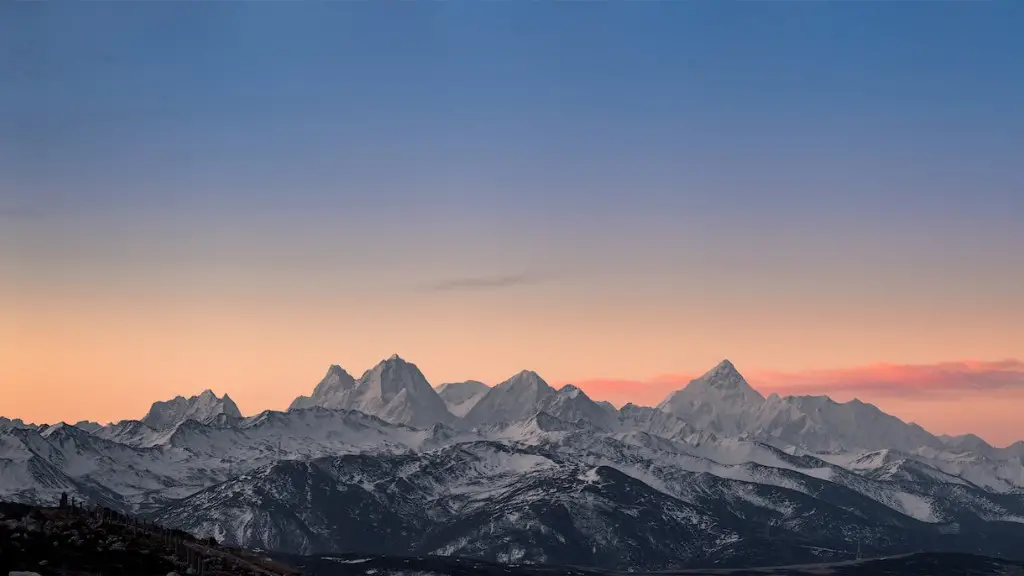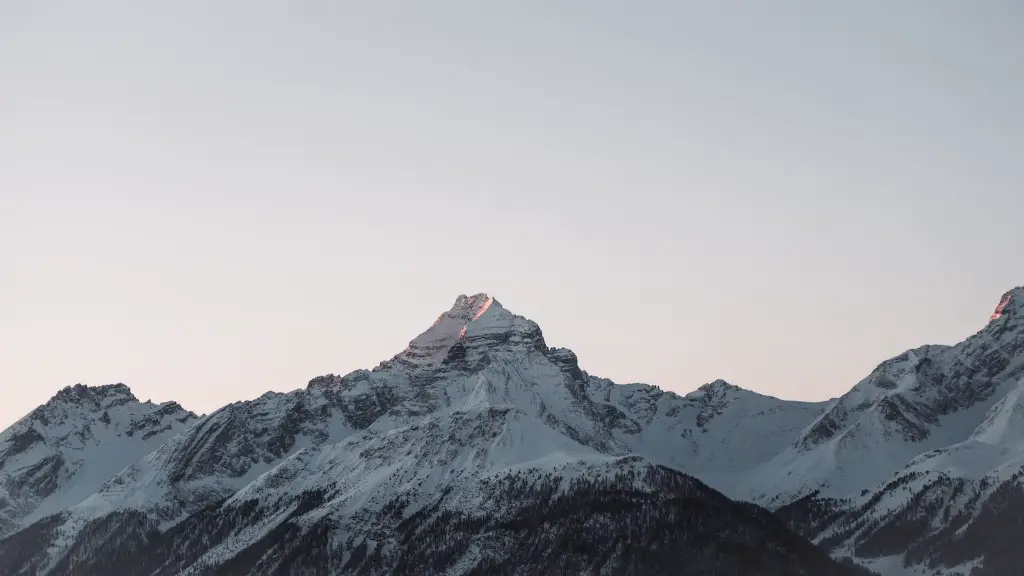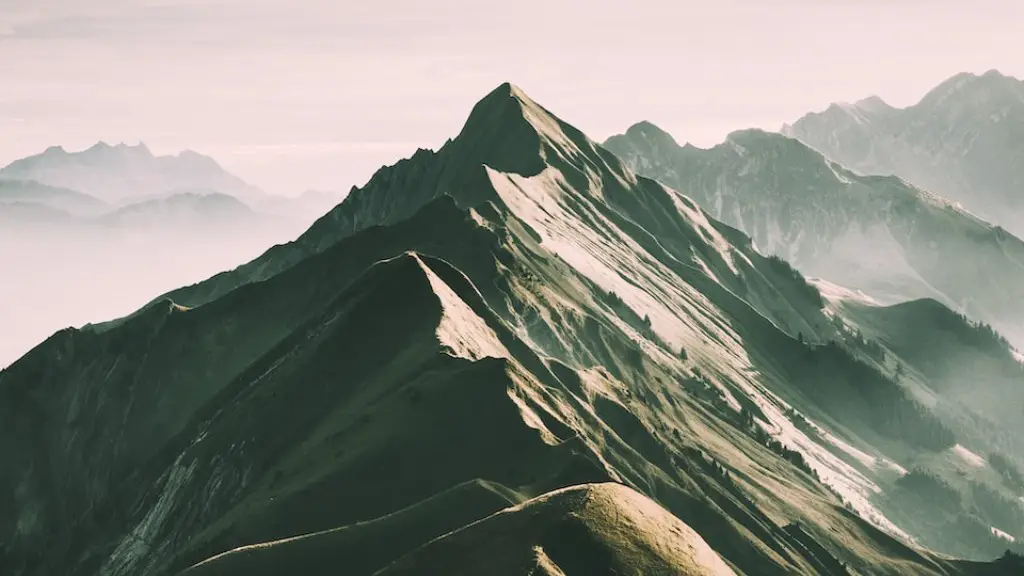Each year, thousands of people travel to Nepal to see Mount Everest, the tallest mountain in the world. For many, the journey ends at the Lukla airport, where they’ll take a helicopter or a small plane to the base camp. But for those who want to see Mount Everest up close, the journey begins with a hike to the base camp.
The base camp is located at an altitude of 5,364 meters (17,598 feet), which is about halfway up the mountain. From the base camp, climbers can see the Khumbu Icefall, the route that most climbers take to reach the summit.
To get to the base camp, you’ll need to hike for about 10 days. The first few days are relatively easy, but the last few days are quite challenging. The air is thin and the altitude is high, so it’s important to take your time and rest often.
Once you reach the base camp, you’ll have plenty of time to rest and acclimatize to the altitude. You can also explore the area and visit the nearby towns of Namche Bazaar and Lukla. After a few days at the base camp, it’s time to begin your ascent of Mount Everest.
Mount Everest base camp is approximately 17,598 feet above sea level.
How high is Mount Everest Base Camp in feet?
Everest Base Camp is one of the most popular tourist destinations in Nepal. The camp sits at an impressive 17,598 feet (5,364m) high, making it one of the highest points on Earth. The camp is also home to some of the most spectacular views of the Himalayas.
The Everest Base Camp is a difficult trek that often requires two weeks to complete. Even though the EBC Trek requires no prior trekking expertise, it is suggested that the trekker should be determined and be physically fit. The main difficulty of the trek is the high altitude, which can be dangerous for those who are not used to it. It is important to be well prepared before embarking on this trek, as it can be a challenging and rewarding experience.
How high is Base Camp 1 Mount Everest
Most climbers spend one night at Camp I, which is located above the icefall. Camp I is mostly a temporary camp; however, Base Camp II (Advanced Base Camp) is established at 6,400 m (21,300 ft).
Everest Base Camp is the perfect destination for those who want to experience the beauty of Mount Everest without the need for mountaineering experience or technique. This makes it an ideal destination for many people, including those who may not have the necessary skills for summiting the mountain itself.
Can a beginner do Everest Base Camp?
While reaching the summit of Mount Everest is a serious feat of physical accomplishment, beginners can trek to Everest Base Camp with (relative) ease Of course, that doesn’t mean it’s an easy trek!
No, you don’t get to stay overnight at Everest Base Camp on the standard trek. You’ll stay at Gorak Shep instead and do a day trip into base camp. To stay overnight at base camp, you need special permits, which are quite expensive.
What is the failure rate of Everest Base Camp?
Everest Base Camp has a success rate of around 90% while Kilimanjaro’s average is only around 45%. This makes Everest a much more difficult climb, but the rewards are worth it. The scenery is incredible and the feeling of accomplishment is unmatched. If you’re up for the challenge, Everest is the perfect mountain to summit.
Before attempting to reach the summit, climbers typically spend one to two months at Everest Base Camp, which is higher than nearly every mountain in Europe at 17,600 feet They make multiple trips up and down the mountain to acclimatize. By spending time at Everest Base Camp, climbers can get used to the high altitude and prepare for the challenges of the ascent.
Which is harder Kilimanjaro or Everest Base Camp
Significant Differences:
Everest Base Camp:
– Situated at 17,598 ft, most people will have to contend with Acute Mountain Sickness (AMS)
– A large portion of the trek is above 16,000 ft, where there is only 50% of the oxygen that there is at sea level.
– You will need to use bottled oxygen
Uhuru Peak:
– Situated at 19,341 ft
– No need for bottled oxygen
– The ascent is much slower, so you have time to acclimatize to the altitude
The temperature in MEDCs (More Economically Developed Countries) generally varies from 22 degrees in the summer to -5 degrees in winter. The temperature in LEDCs (Less Economically Developed Countries) is usually lower, ranging from -15 in winter to 4 degrees in summer.
What percentage of people make it to Everest Base Camp?
The average person is not physically prepared to handle the altitude or the rigors of the journey up Everest. It’s a difficult and dangerous trek, and even experienced climbers can get into trouble. On average, only about 65% of people who attempt to reach Everest base camp make it back to Lukla. And of those who do make it to base camp, even fewer (less than 1%) brave the additional hike to summit Kala Patthar.
Kilimanjaro’s Uhuru Peak may be higher than Everest Base Camp, but not by much. The Kili summit is 5895m (19,341ft) above sea level while EBC is only 5,364m (17,598ft). However, on most EBC treks (ours included), you’ll have the option to climb to the nearby peak Kala Patthar before or after you reach EBC. This peak provides stunning views of Everest and the surrounding mountains, so it’s well worth the extra effort to reach the top!
How many people go to Everest Base Camp every year
Everest Base Camp is one of the most popular trekking destinations in the world. Each year, thousands of people from all over the world come to Nepal to trek to Everest Base Camp.
The trek to Everest Base Camp is a challenging one, but it is also an incredibly rewarding experience. Those who make the trek will be rewarded with incredible views of some of the world’s highest mountains, as well as a deep sense of satisfaction at having completed a challenging journey.
Everest Base Camp is one of the two base camps on either side of Mount Everest. South Base Camp is located in Nepal at an altitude of 5,364m and North Base Camp is at 5,5150m in Tibet. These camps are primarily used by mountaineers to ascend and descend the World’s highest mountain.
Is Everest Base Camp worth doing?
The Everest Base Camp Trek is an arduous journey that is not for the faint of heart. It requires much training and planning ahead of time, and even then, many people find the climb to be difficult in numerous ways. However, for many trekkers, the experience is a once-in-a-lifetime opportunity that is well worth the effort.
Everest Base Camp is one of the most popular hiking destinations in the world. Despite its reputation, technical climbing gear is not required for the hike. Sturdy, waterproof boots are the most essential item for hikers. Those planning to camp will need a four-season tent, able to withstand snow and temperatures that can dip to zero degrees Fahrenheit.
What is the average age for Everest Base Camp Trek
If your child is seven or eight years old and has never hiked in high altitude areas before, then it is not advisable for them to trek to EBC. The extremely high altitudes can be detrimental to their health.
There are plenty of places where you can shower on the Everest Base Camp trek. The only issue with this is that sometimes the water isn’t hot. All of the showers available on the Everest Base Camp trek are heated by solar power so if it’s been a cloudy day or for a couple of days you’re not going to get any hot water.
Conclusion
The Mount Everest base camp is about 17,600 feet above sea level.
After spending time at Mount Everest Base Camp, it is easy to see how this place got its name. The views are incredible, and the sense of scale is unlike anywhere else. It is truly a unique and awe-inspiring place.
